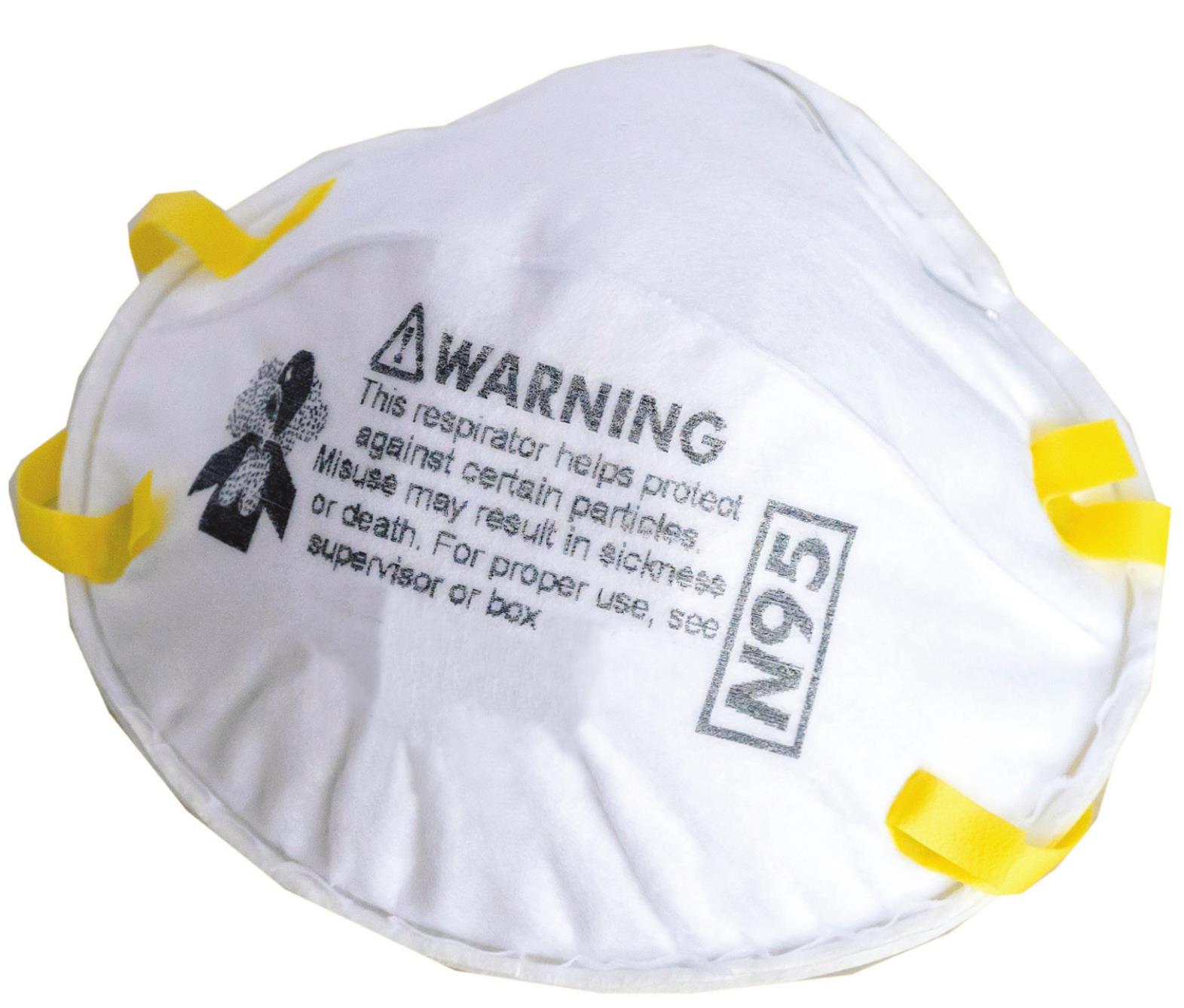The state’s most recent Weekly Epidemiology and Surveillance Report shows that COVID-19 spread is now greater in areas with mask mandates than in parts of Oklahoma without mask mandates, measured on a percapita basis.
That finding comes as Gov. Kevin Stitt’s newest appointment to the State Board of Education, Melissa Crabtree, is under fire from liberal groups for her opposition to mask mandates in Enid. Last week Stitt named Crabtree to replace former board member Kurt Bollenbach.
Legislative Democrats decried Bollenbach’s removal in a statement with Sen. Carri Hicks, D-Oklahoma City, describing Bollenbach as “a strong ally” and House Minority Leader Emily Virgin, D-Norman, said Stitt was “choosing to replace board members as they move away from his point of view.”
The Oklahoma Education Association (OEA), whose national parent organization endorsed Joe Biden for president and congressional candidates such as Alexandria Ocasio-Cortez, has called for Stitt to “immediately rescind” his appointment of Crabtree and reinstate Bollenbach.
OEA and allied groups have cited Crabtree’s opposition to mask mandates, among other things, as justification. In a statement, OEA president Alicia Priest said Oklahoma needs “state leaders who take decisive stands that will slow community spread in Oklahoma so all our kids can get back to learning in person.”
But data on COVID-19 trends in Oklahoma, which has never imposed a statewide mask mandate, undermines claims that masks significantly drive down infection rates.
According to the state epidemiology report, as of December 1 there were 73.3 COVID-19 cases per 100,000 population in areas of Oklahoma with mask mandates, based on a 7-day average number of cases. In contrast, areas without a mask mandate had 70.3 COVID-19 cases per 100,000 population.
From September 1 to December 1, the increase in COVID-19 infections has been almost identical in both mandate and non-mandate areas of Oklahoma. According to the report, areas with mask mandates have experienced a 306-percent increase in infections during that time, while areas without mask mandates have experienced a 305-percent increase.
That increase has occurred despite broad adoption of maskwearing in public, even without a statewide mandate. The Delphi Research Group reports that 85 percent of Oklahomans report wearing a mask “most or all of the time while in public,” based on surveys of Facebook users.
Since August, there has been little consistency in infection trends regarding mask mandates in Oklahoma.
August 1, areas with mask mandates had a 40-percent higher incidence rate of COVID-19 than parts of Oklahoma without mask mandates, according to state figures. At the start of September, there was little difference in incidence rates in the two areas, while the rate was higher in nonmandate areas at the start of October.
Since the start of November, the percapita infection rate differed by only 10 percent between the two areas, although non-mandate areas were experiencing slightly more infections.
Comparisons with other states show similar results. While some states who have imposed statewide mask mandates currently have lower rates of seven-day COVID-19 infection than Oklahoma, a significant number of mandate states are seeing even greater surges.
According to data posted December 2, Oklahoma ranked 40th in cumulative death rate per 100,000 persons of reported COVID-19 cases, even though the state ranked 17th in the cumulative incidence per 100,000 persons of reported COVID-19 cases, the epidemiologist report states.
In neighboring New Mexico, that state’s Democratic governor first issued a statewide mask mandate in May.
According to federal Centers for Disease Control and Prevention (CDC) data posted December 7, New Mexico has experienced 87.8 cases per 100,000 population in the last seven days, compared to 72 in Oklahoma.
The number of people who have died in New Mexico after testing positive for COVID-19 is more than twice the rate in Oklahoma, on a per-capita basis, with 82 deaths per 100,000 people in New Mexico compared to 44 in Oklahoma.
Neighboring Colorado has had a statewide mask mandate since July. It has seen 80.4 cases per 100,000 in the last 7 days and has a higher COVID-19 positive death rate than Oklahoma on a percapita basis.
Minnesota has had a statewide mask mandate since late July. That state has had 105 COVID-19 cases per 100,000 population in the last 7 days, and experienced 70 deaths per 100,000 population.
In Wisconsin, that state’s Democratic governor first mandated statewide mask-wearing for those indoors or in enclosed spaces on August 1. The CDC shows Wisconsin has experienced 80.9 cases per 100,000 population in the last 7 days, compared to 72 in Oklahoma.
Illinois’ Democratic governor issued a statewide mask mandate in May. The CDC shows Illinois has recorded a higher rate of COVID-19 infections in the last 7 days than has Oklahoma, and the death rate in Illinois stands at 110 deaths per 100,000 population.
In a November 21 Facebook post, Crabtree noted there was little difference in the per-capita rate of COVID-19 infection in areas of Oklahoma with mask mandates versus those without at that time.
“If mandates worked, they would work all the time,” Crabtree wrote. “Have all of our experts forgotten the scientific method?”


